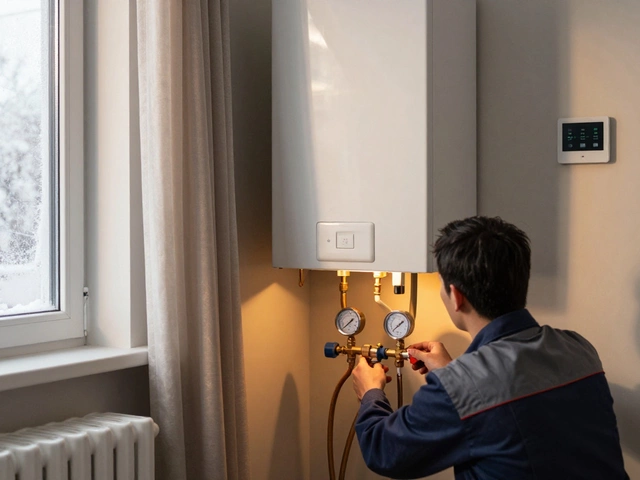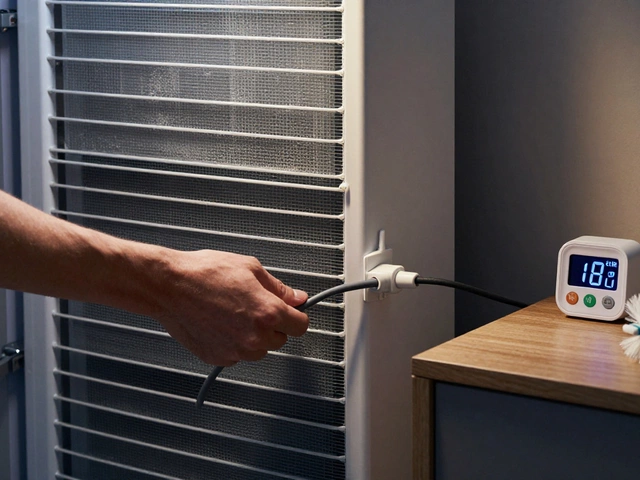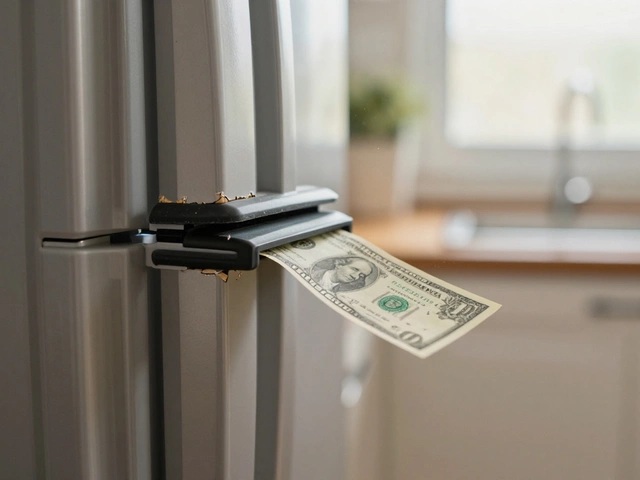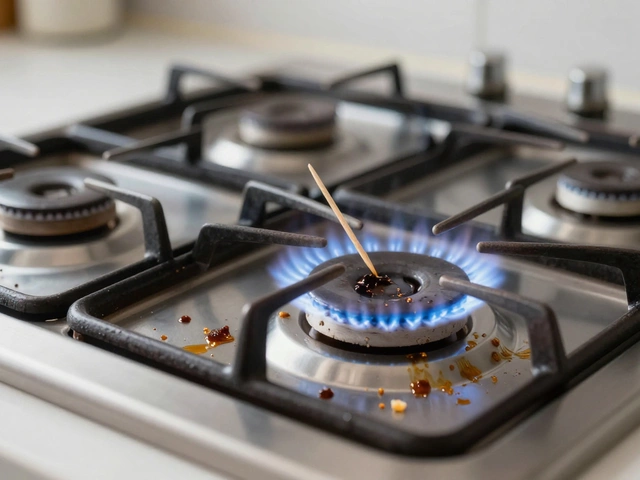Microwave Repair: Simple Steps to Get Your Oven‑Like Helper Working Again
If your microwave has stopped heating, makes strange noises, or the turntable won’t spin, you’re probably wondering whether you can fix it yourself or need a professional. The good news is many issues are easy to spot and solve with a few minutes of work. Below we break down the most common problems, how to troubleshoot them, and when it’s time to call Weymouth Appliance Repair Services.
What’s Going Wrong? The Top Five Microwave Issues
1. Not Heating – The most frustrating fault is a microwave that powers on but never gets warm. Often the problem is a faulty magnetron, a blown fuse, or a door latch that isn’t engaging properly.
2. Turntable Won’t Rotate – If the plate sits still, the turntable motor or the belt may be broken. Sometimes a simple mis‑alignment of the glass tray is the culprit.
3. Sparks or Burning Smell – Sparks usually mean metal inside the cavity, a damaged waveguide cover, or wear on the interior paint. This can be dangerous, so stop using the unit immediately.
4. Strange Noises – Buzzing, humming, or rattling can point to a loose fan blade, a worn capacitor, or a failing transformer.
5. Door Won’t Close Properly – A warped door or a broken latch will keep the safety interlock from sealing, which stops the microwave from running.
DIY Checks Before You Call a Pro
Unplug and Reset – Always start by unplugging the microwave for a minute. This can reset the electronics and clear minor glitches.
Inspect the Door Seal – Look for cracks or debris around the latch. A clean, undamaged seal usually lets the unit work again.
Check the Turntable – Remove the glass tray and look at the motor underneath. If the motor spins freely by hand, the issue may be the drive gear or belt. Re‑align or replace the belt if it appears worn.
Test the Fuse – Locate the fuse (usually a small glass tube) inside the microwave’s casing. If it looks blackened or broken, replace it with the same rating. Always use a new fuse – never reuse a blown one.
Look for Visible Damage – Open the microwave (only if you’re comfortable) and check the waveguide cover for burnt spots. If you see scorch marks, the cover should be swapped out before you keep using the oven.
If any of these steps feel risky, or if the magnetron or capacitor looks damaged, it’s best to stop and call a qualified technician. These parts hold high voltage and can cause serious injury.
When you call Weymouth Appliance Repair Services, you’ll get a local expert who knows these models inside out. Our team can diagnose the fault quickly, source the right parts, and get your microwave back in minutes instead of days. We charge a fair call‑out fee and give you a clear quote before any work starts, so there are no surprise costs.
Remember, regular maintenance helps avoid future breakdowns. Keep the interior clean, avoid metal cookware, and run the microwave empty for a minute once a month to dry out any moisture that can cause rust. A quick wipe‑down after each use and checking the door seal weekly can extend the life of your appliance by years.
Got a microwave that’s acting up? Try the simple checks above first. If the problem persists, give Weymouth Appliance Repair Services a call. We’ll have your kitchen back to normal without the hassle and with a price you can afford.
Microwave Repair: When to Fix or Replace
- Alden Wilder
- Oct 9 2024
- 0 Comments
Deciding whether to repair or replace a malfunctioning microwave can be tricky. This article explores the key factors to consider, including cost, age, and common issues. Learn how to troubleshoot basic problems yourself and when to seek professional help. Discover tips to extend the life of your appliance and save money by making informed decisions.
View More




